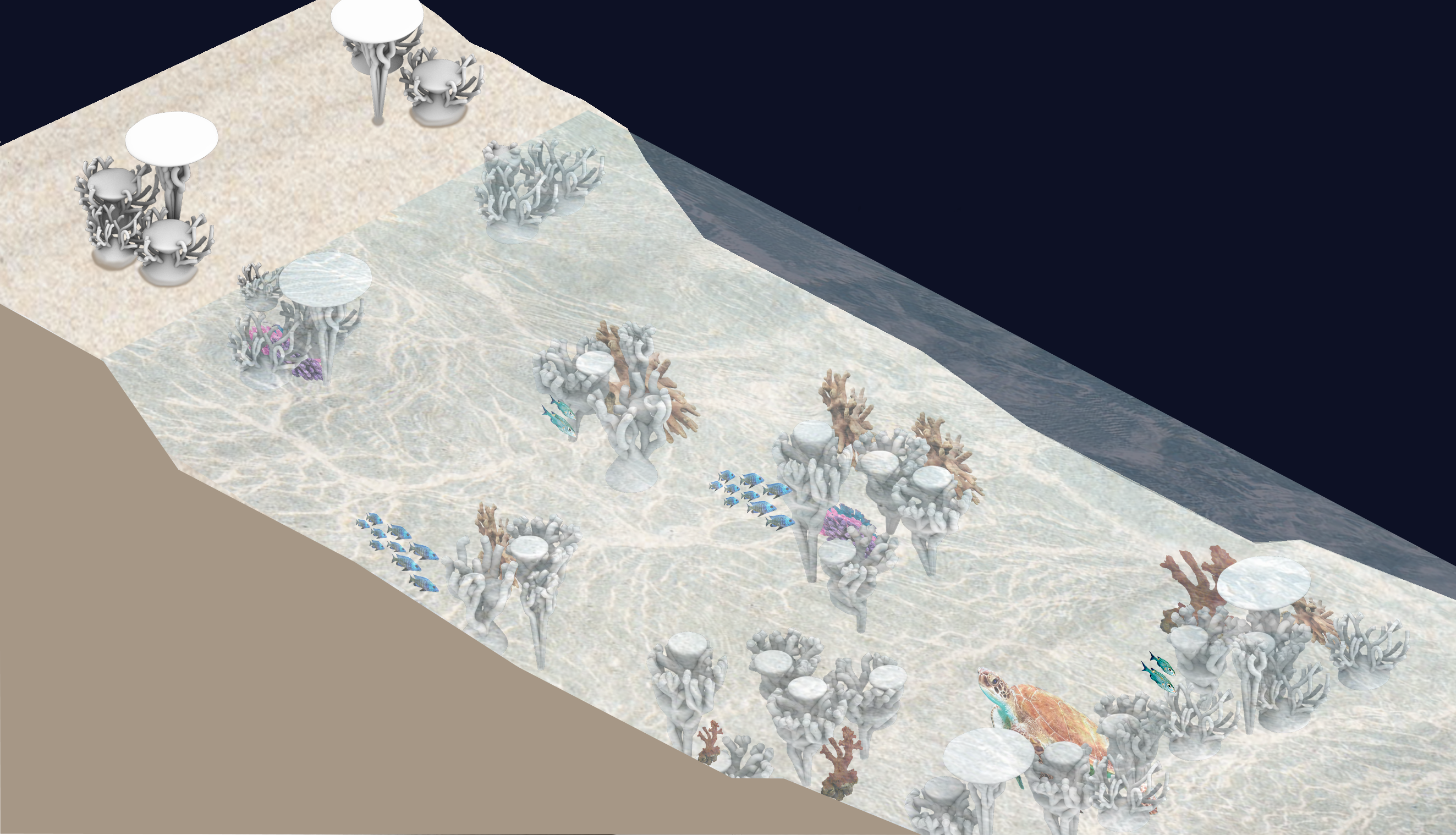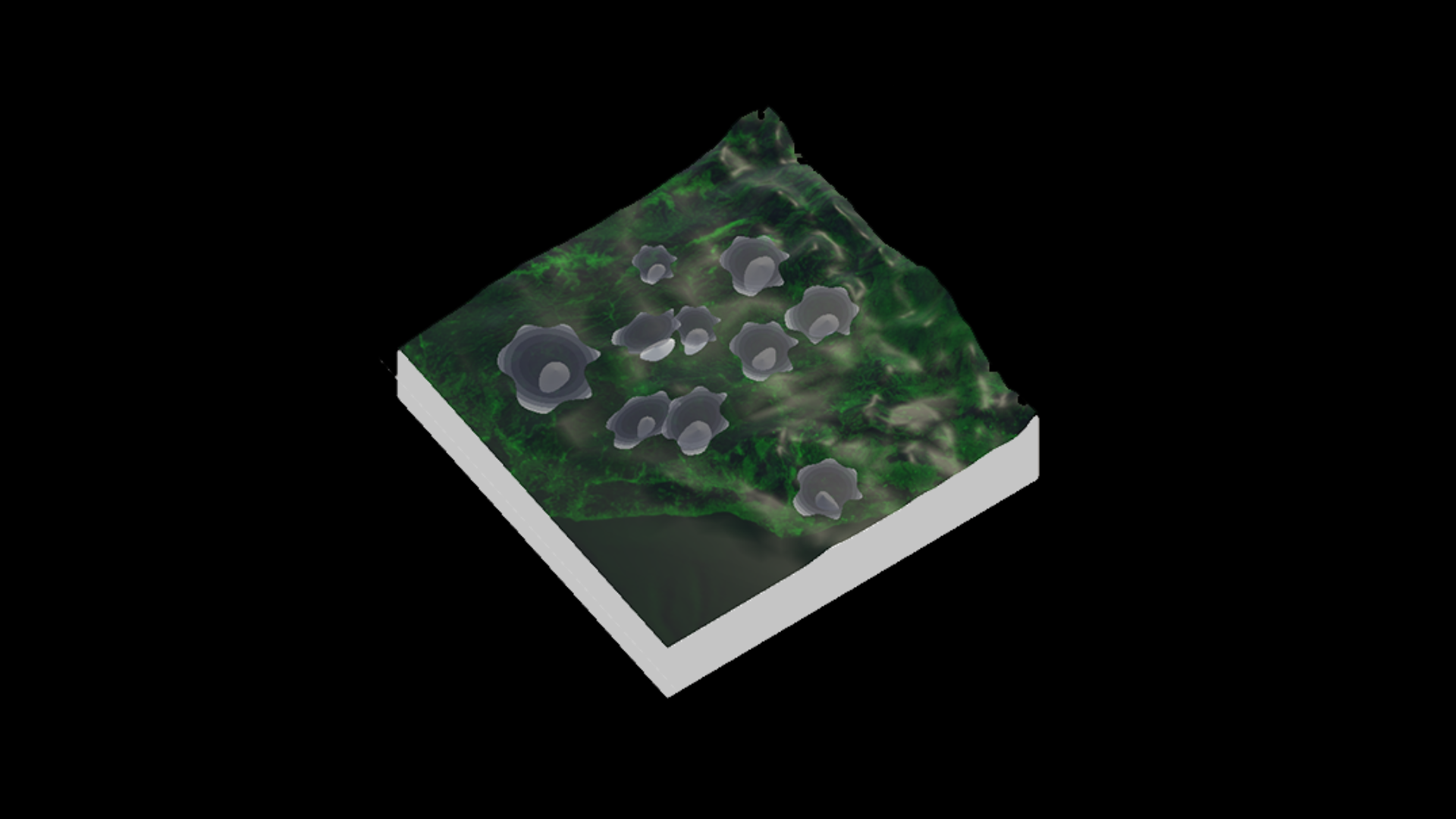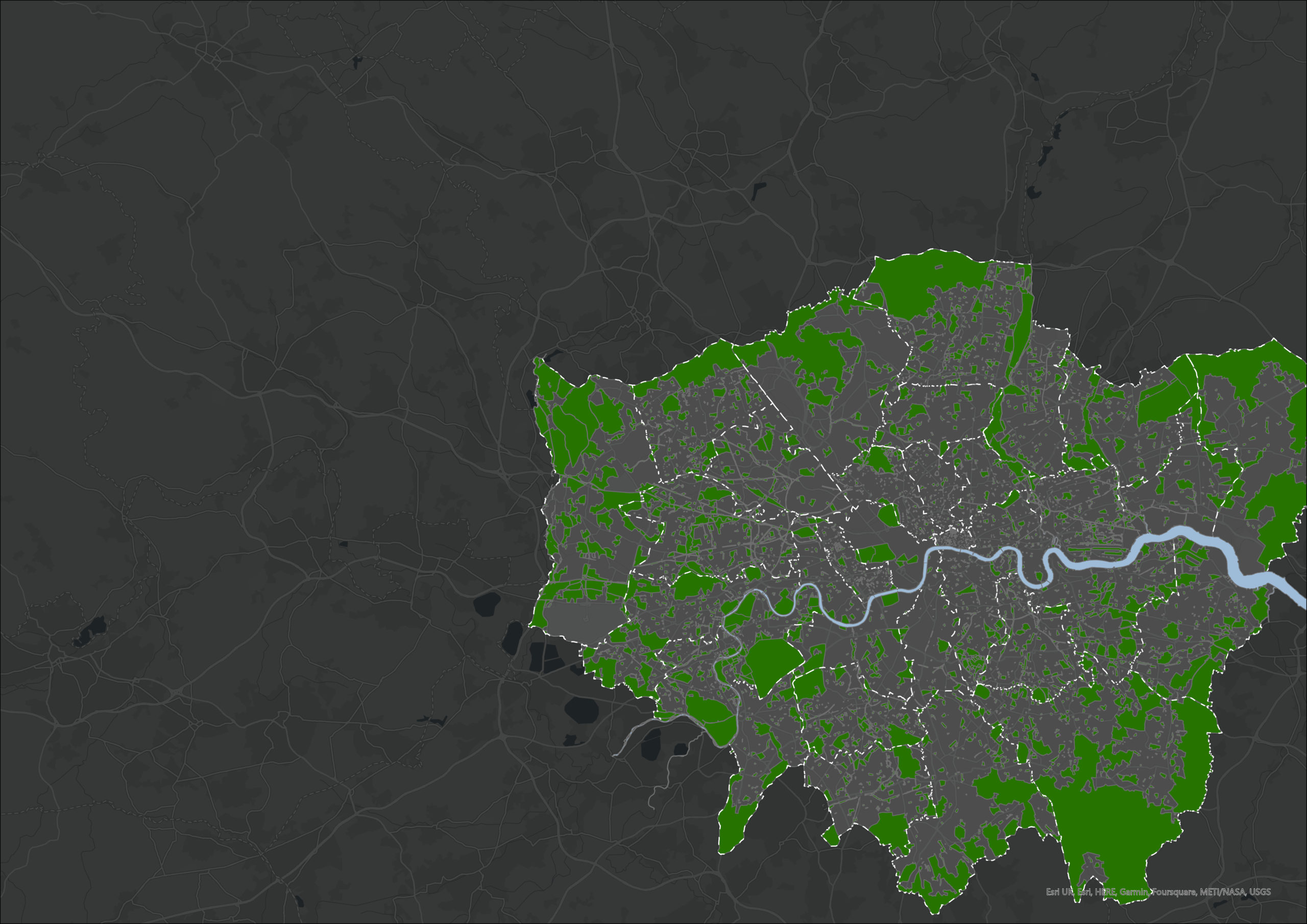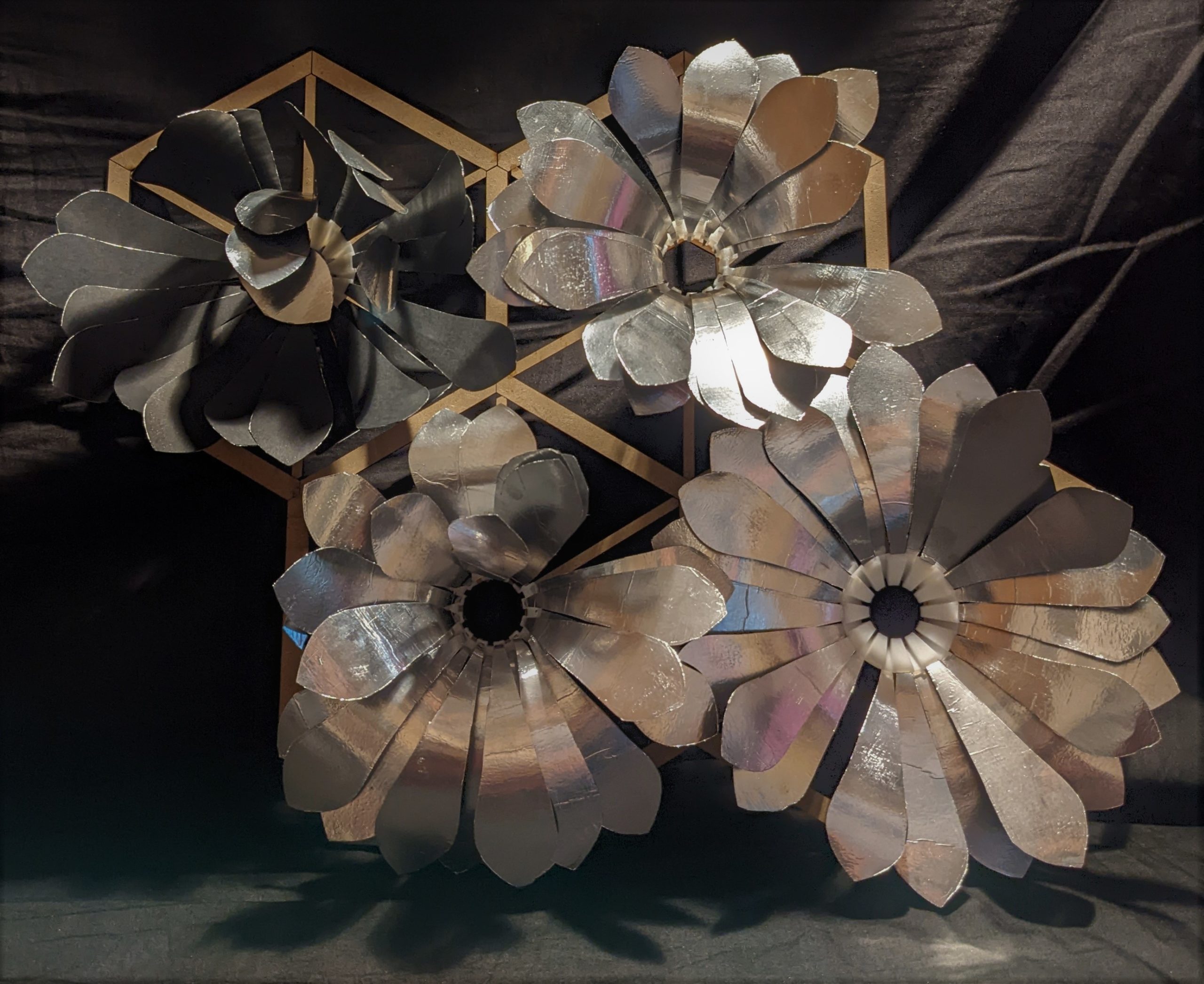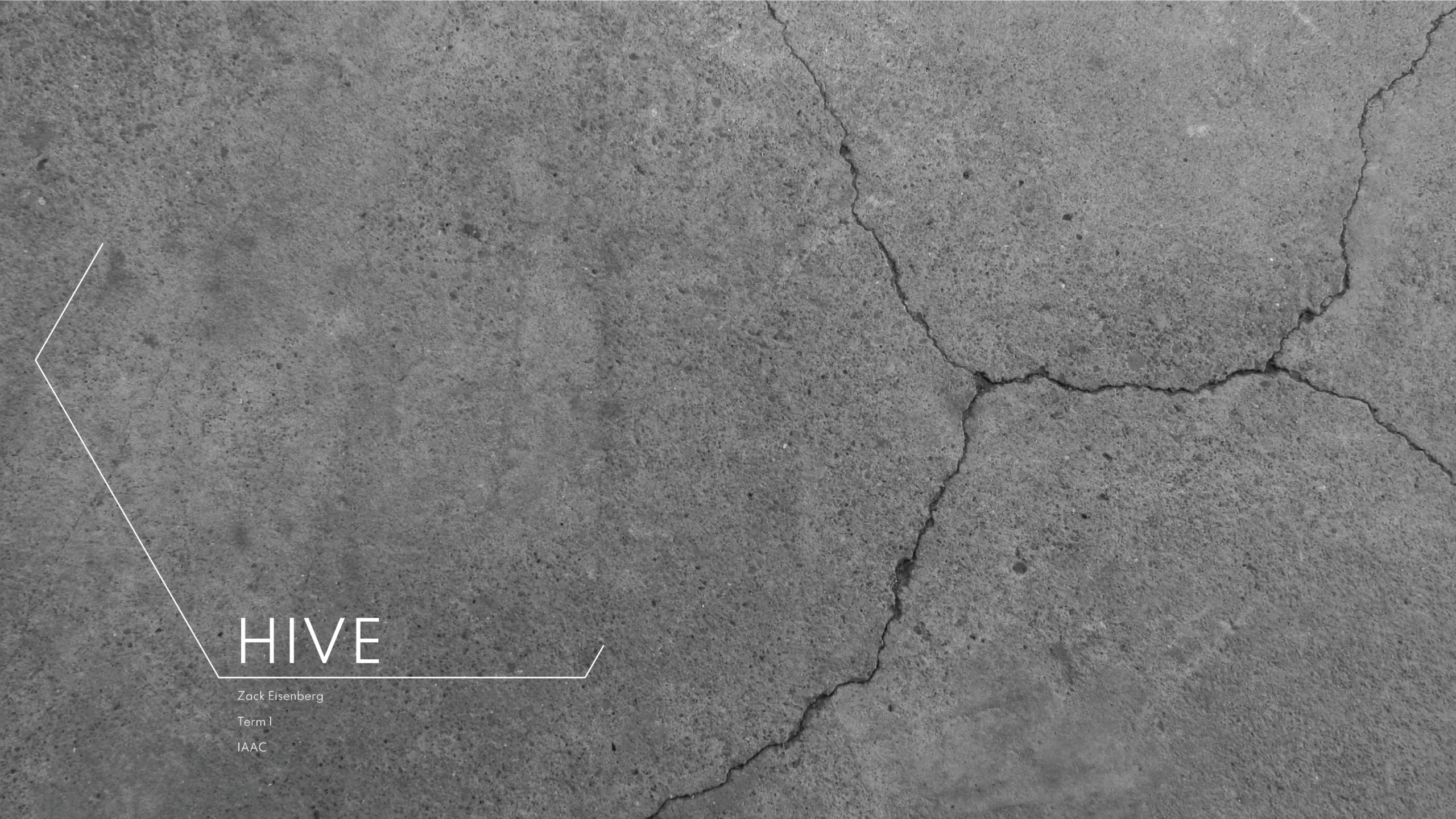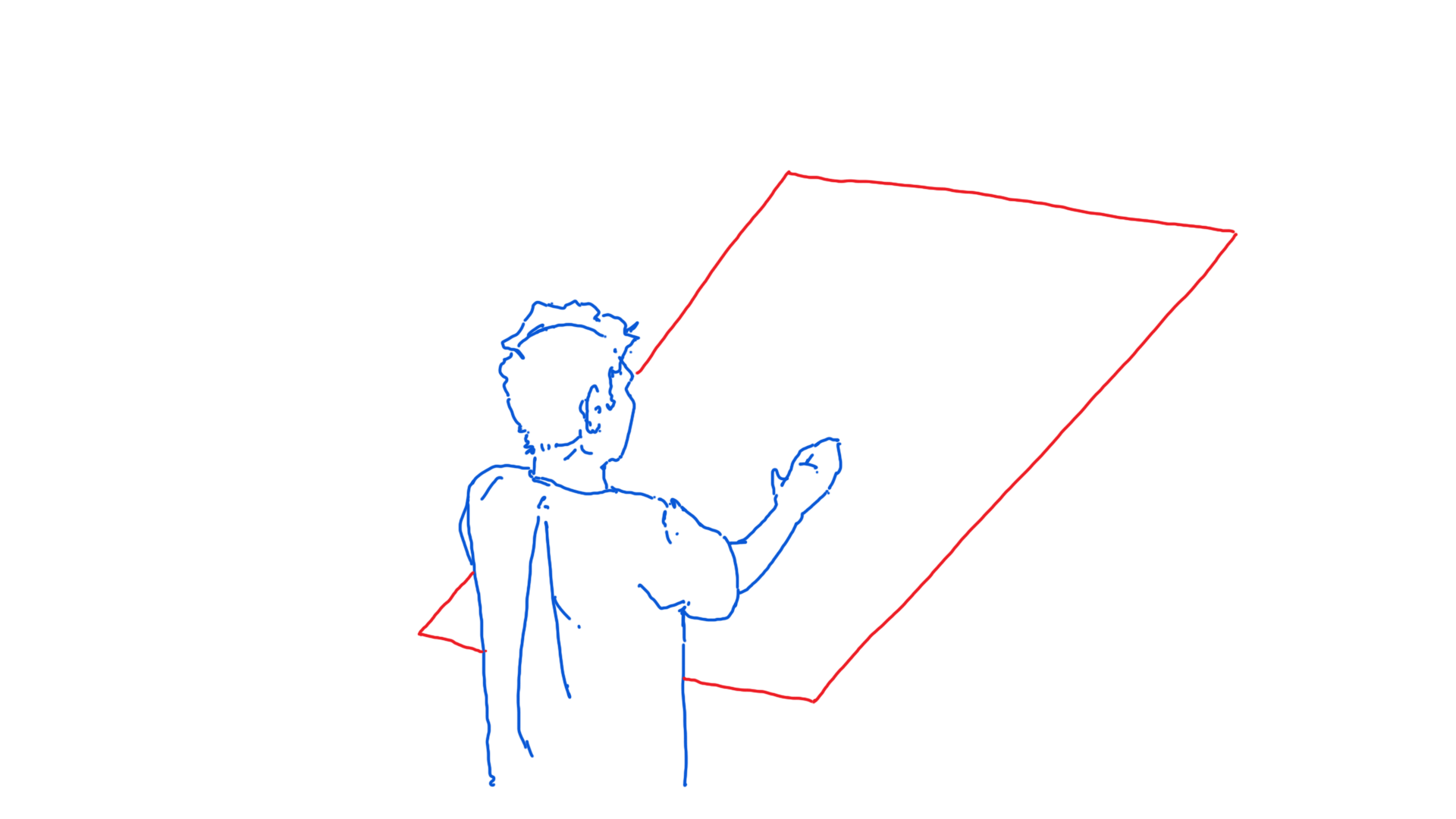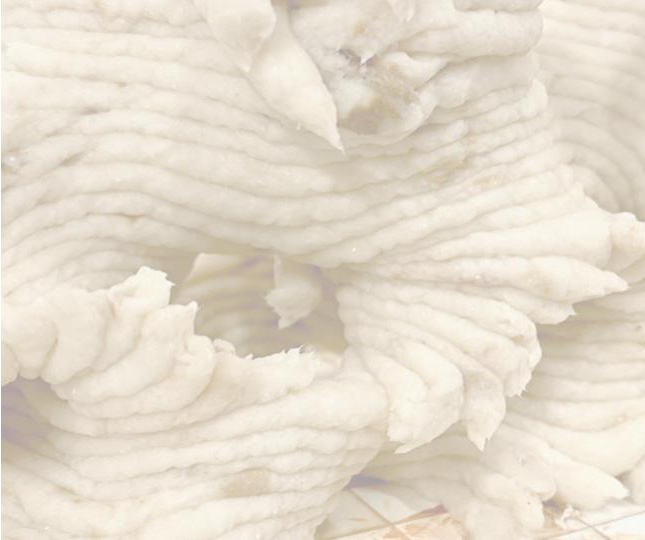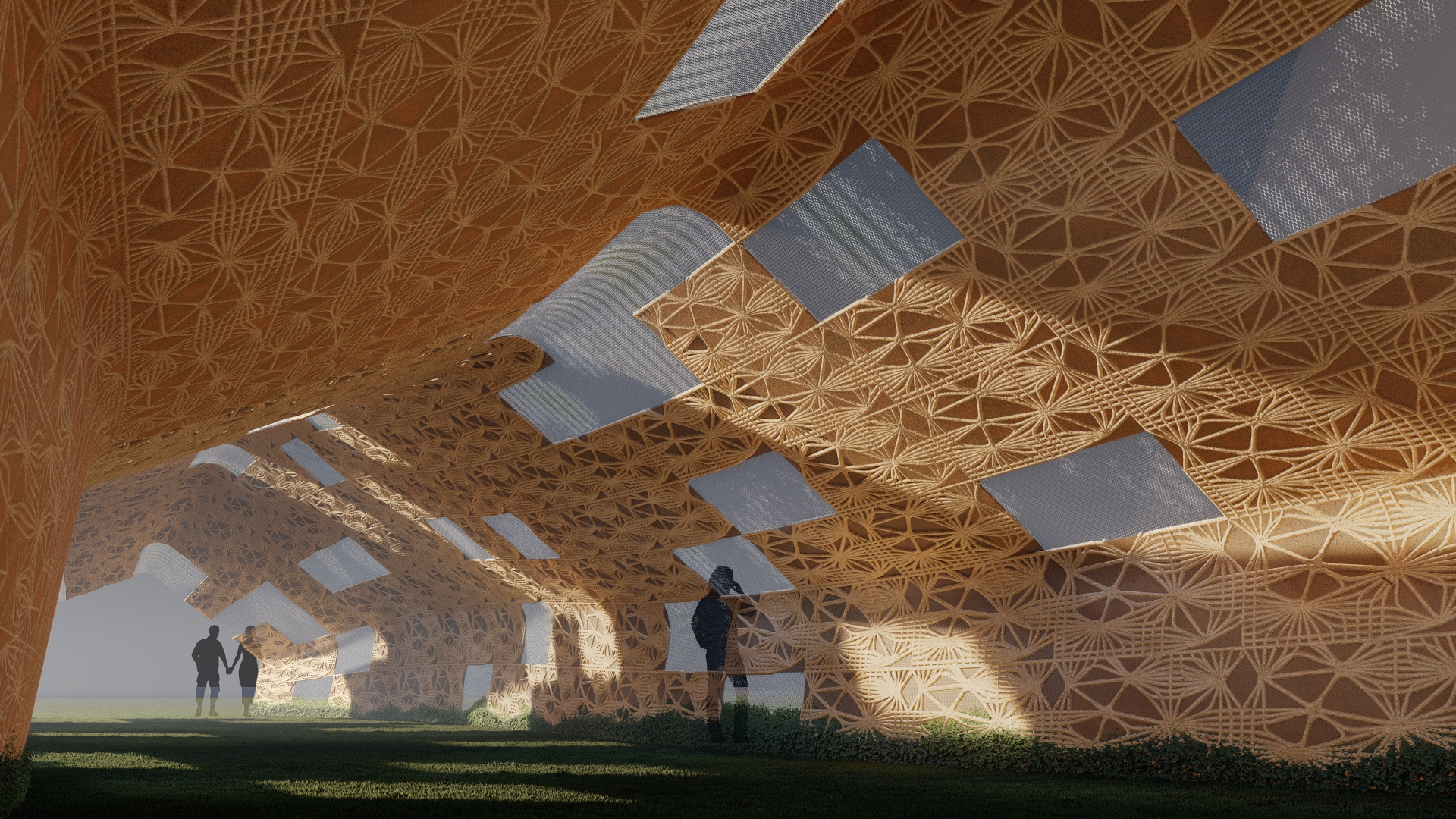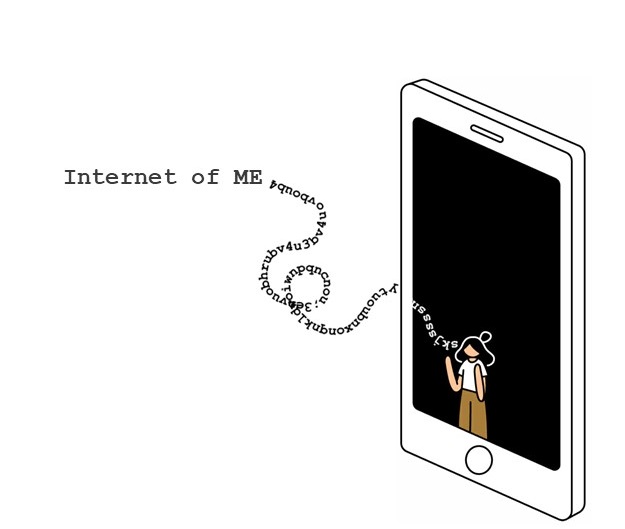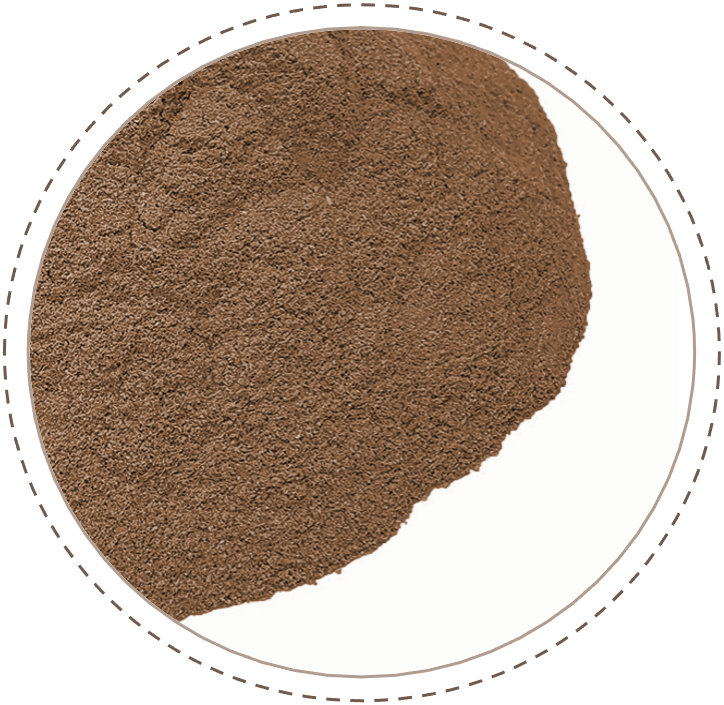The MAA is a visionary master program with an innovative and open structure, mixing diverse disciplines, shaping professionals capable of producing theoretical & practical solutions towards responsive cities, architecture & technology.
Beyond Corals
The recent climate changes are affecting key elements of our ecosystem such as tropical forest, deserts, and coral reefs. Corals are living organisms, closely related to jellyfish that live in colonies. The size of those colonies can vary, the largest coral reef to date, the great barrier is estimated to stretch over 2300 kilometers. There … Read more
Topography of Tears
INTRODUCTION We selected as the study area a part of the eastern area of Catalonia, 3673 square kilometers. The project focuses on the soil permeability decrease because of the green loss. Furthermore, the lack of water percolation as a consequence of excess water run is likely to occur at the risk areas. For the Green … Read more
Data_Dwelling
Data_dwelling is a project with a primary focus on data collection and management systems with the aim of creating a design aided workflow focused on the housing crisis in the UK. The design aid should help to create a faster, well designed, energy efficient, by identifying a methodological residential typology. The project will help in … Read more
Hive
Zack Eisenberg : Advanced Architecture Teachers: Oriol Carrasco, Gabriele Liuda Research Framework
Tourism, Crime, & Urban Security
Urban Security & The Public Space of Foreigners Introduction: Is it safe to travel to Europe? Depends on who you ask, you might be told that your concern is almost a total nonsense, or be assured that it is a certain lost of phones and wallets. This is rendered by the fact that although the … Read more
Paradise Lost-The Ground Tour of Sin-topia
A theory study on exploring new forms for social norms of deregulations in 21st century CRITICAL THINKING: We have conceived a lot of ideal utopian cities from ancient times to the present, but the imagination of modern utopia has led to various real social problems in society and urban, like the irrepressible criminal underclass, the … Read more
Woodworks
SCIENTIFIC INTEREST To utilise lesser valued wooden industry by products or wood waste in structural systems for an architectural intervention and to have a holistic approach to form a workflow that can be extrapolated to larger scales in construction. EXPERIMENTS CONDUCTED NEXT STEPS
Re-Innovate
The aim of this project is to create a workflow which would help in in the preliminary analysis of physical and materialistic damage using computer vision to enhance sight and successfully pinpoint the defects that can be seen by the camera. The Construction industry follows a very linear approach in terms of usage of materials … Read more
DESIRE
DESIgn for REassembly “Design for Dis- and Re-assembly; From a column at the Mobile World Congress in Barcelona to inhabitable space Valldaura, to…?” Our aim for the course is to design 4 columns for the World Mobile Congress, which then will be reassembled and transformed into roofs, walls, and foundations for a small construction in … Read more
Fibra Terra
Posidonia Oceanica In the Mediterranean, most plant debris is made up of the species Posidonia Oceanica (L.) Delile, asuperior plant that is endemic to this sea. It forms extensive meadows from the shallowest areas of the coast to variable depths, depending on how deep light can penetrate the water to enable photosynthesis to take place. … Read more
Internet of ME
The data we engage with everyday is growing rapidly, and our digital footprint is increasing! With the cyber-physical convergence and the fast expansion of the Internet, Volume of information created, copied, captured, and consumed worldwide went form 33 zettabytes in 2018 to an expected 175 zettabytes in 2051! That’s close 500% increase in 5 years. … Read more
CORTEZA
Noise Pollution What is noise pollution? And what are the effects of noise pollution? Noise pollution is considered to be any unwanted or disturbing sound that affects the health and well-being of humans and other organisms. And World Health Organization considers decibels over 65 dB noise pollution. Noise pollution is affecting everyone. For some people, … Read more


